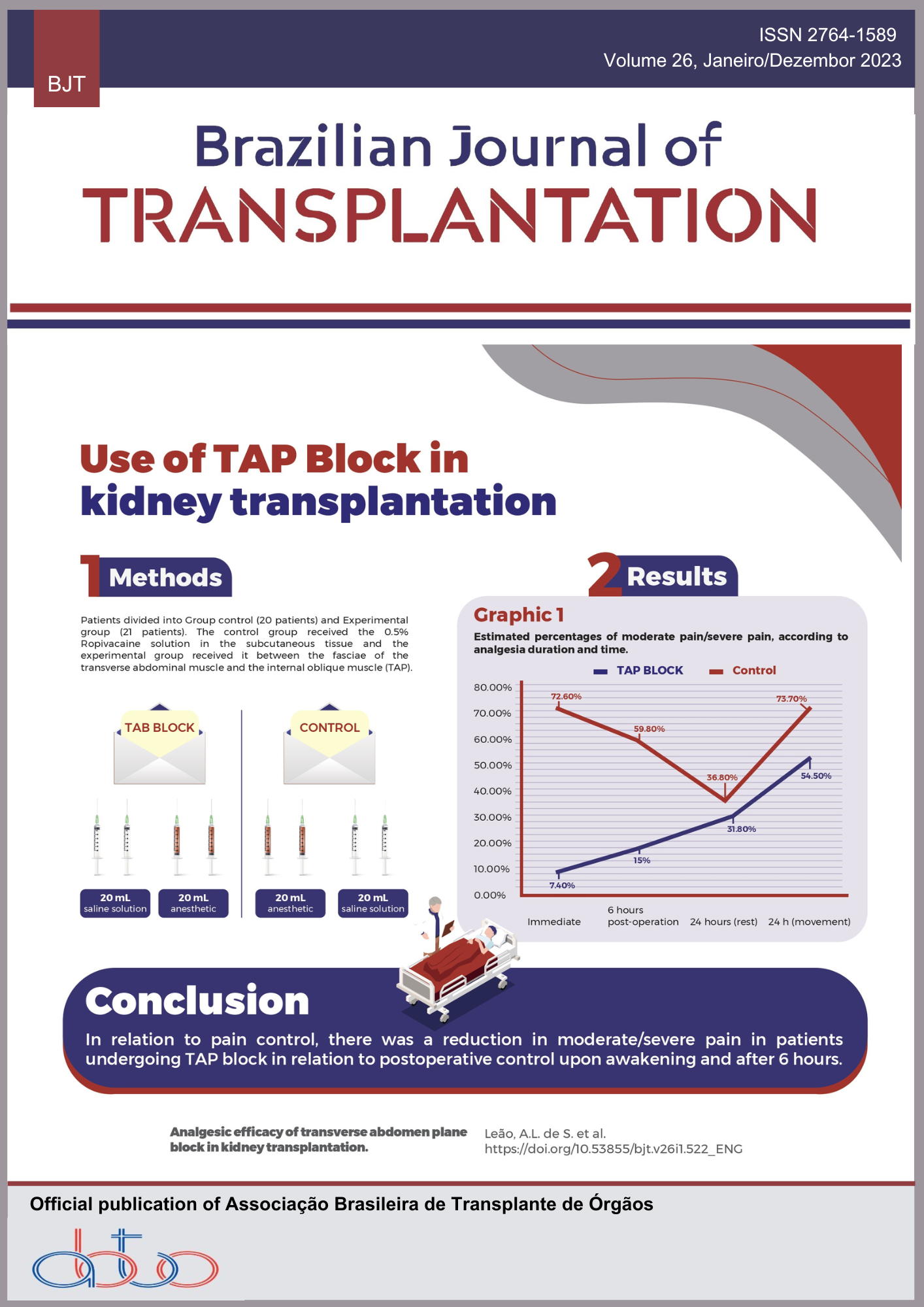Prophylaxis of Fungal Infections in Transplant Patients: What has Changed in Recent Years?
Keywords:
Hematopoietic Stem Cell Transplantation, Organ Transplantation, Post-Exposure Prophylaxis, Pre-Exposure Prophylaxis, Liver Transplantation, Lung TransplantationAbstract
Objective: The present work aimed to review the invasive fungal infections (IFIs) and antifungal prophylaxis used in the last 20 years in transplant patients to identify the changes that occurred in this period and discuss the most current conducts. Methods: This is a systematic review in which the PubMed database was used, in which scientific articles from the last 20 years were selected, covering clinical trials, randomized controlled trials, systematic reviews of the literature and meta-analyses. Results: According to the present study, posaconazole and voriconazole are the antifungal drugs of choice for IFI prophylaxis in hematopoietic stem cell transplantation (HSCT). However, as posaconazole is not available in the public health system in Brazil, the most viable option remains voriconazole. Regarding IFI prophylaxis in solid organ transplantation (SOT), it was observed that there are variations depending on the transplanted target organ, and there is no evidence of its need in kidney transplantation. Although azoles are also the most used and bring clear benefits in liver and lung transplantation, some current studies have placed echinocandins on the same level, encouraging their use to prevent IFI in these patients. Conclusion: In the last five years, there has been a great shortage of clinical trials comparing different antifungal prophylaxis. New studies are needed to establish the most appropriate protocols for each condition and profile of the transplanted patient.
Downloads
Downloads
Published
How to Cite
Issue
Section
License
Copyright (c) 2023 Mariana Araujo Mendes Silva, Fernando Callera, Mariella Vieira Pereira Leão

This work is licensed under a Creative Commons Attribution 4.0 International License.









